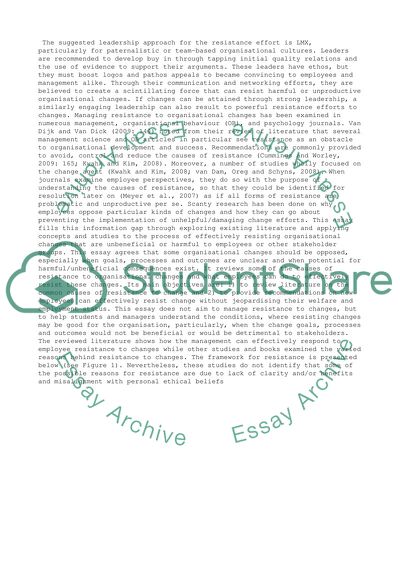Cite this document
(“Human Resource Essay Example | Topics and Well Written Essays - 2000 words - 1”, n.d.)
Retrieved from https://studentshare.org/management/1465872-human-resource
Retrieved from https://studentshare.org/management/1465872-human-resource
(Human Resource Essay Example | Topics and Well Written Essays - 2000 Words - 1)
https://studentshare.org/management/1465872-human-resource.
https://studentshare.org/management/1465872-human-resource.
“Human Resource Essay Example | Topics and Well Written Essays - 2000 Words - 1”, n.d. https://studentshare.org/management/1465872-human-resource.


